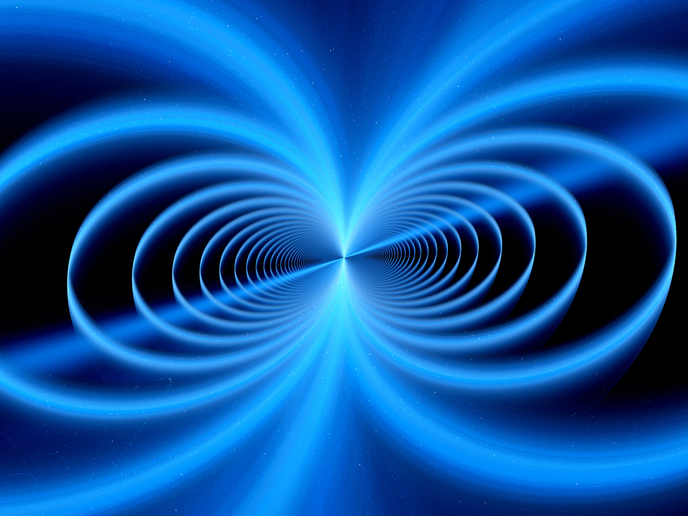Exploring magnetic structures with diamond-based instruments
There’s a reason why scientists are looking into the behaviour of spins and charges in magnetic systems. Understanding how these properties behave will lead to the creation of faster, smaller and more energy efficient magnetic technologies. Although there are a number of powerful techniques used to study magnetic structures, most have restrictive drawbacks. One technology that’s emerging as a highly sensitive, versatile way to study magnetic systems is magnetometry based on the electron spin of nitrogen-vacancy (N-V) defects in diamond. Diamond-based magnetometers can operate from cryogenic to above-room temperature, have a dynamic range spanning from direct current to gigahertz, and provide scope for nanometre-sized sensor-sample distances. As such, N-V-based magnetometry allows scientists to study static and dynamic magnetic and electronic phenomena with nanoscale spatial resolution. Using this technology, an international team of researchers has presented an imaging modality that enables the detection of both magnetisation and its resulting stray magnetic fields. The modality in question is wide-field magnetic imaging with combined magneto-optic detection capabilities. Supported by the EU-funded ASTERIQS and 3D MAGiC projects, the team used this system to image magnetic stripe domains in multilayered ferromagnetic structures. Their results(opens in new window) were published in the journal ‘Physical Review Applied’. The research was led by Johannes Gutenberg University Mainz physicist Dmitry Budker, who also headed Dark-OsT – an EU-funded project that used magnetometry too, but this time to find dark sector signatures. The imaging system used in the current research “consists of a polarization-sensitive epifluorescent microscope that incorporates a diamond sensor and exploits the radiation required for the magnetometric measurements to perform magneto-optic Kerr effect (MOKE)(opens in new window) measurements,” the authors write in the study. “Such an instrument,” they go on to explain, “allows for combined detection of magnetization and its resultant stray magnetic fields, while being magnetically nonperturbative and operable over a broad temperature range, making it an ideal tool for the study of magnetic structures and their dynamics under a wide range of environmental conditions.” MOKE measurements make it possible to detect magnetic moments indirectly, via changes in the polarisation of light when it’s reflected from a magnetic surface. The polarisation signal is then translated to magnetisation using the material’s Kerr constant.
Extending current techniques
By showing how adding polarisation analysis can also incorporate information about the sample’s magnetisation, the researchers have succeeded in extending recent N-V magnetic imaging techniques used to study magnetic systems. “Possible extensions to the current experimental setup are possible for both the MOKE- and N-V-based imaging parts,” the authors observe. “The N-V-based imaging, for example, can be extended to the zero-field regime … or even be operated in a [microwave]-free modality. Furthermore, … the setup … can be extended to measurements of longitudinal and transverse MOKEs, i.e. the measurement of in-plane magnetizations, by illuminating the sample at an angle. … Most importantly, the angled illumination allows for truly concurrent acquisition of N-V and MOKE images, as the reflected beam and the fluorescence are now detected in different areas of the camera (or independently imaged from their respective optical paths).” This work could lead to new insights into condensed matter physics and ferromagnetic structures. ASTERIQS (Advancing Science and TEchnology thRough dIamond Quantum Sensing) and Dark-OsT (Experimental Searches for Oscillating and Transient effects from the Dark Sector) end in 2021. 3D MAGiC (Three-dimensional magnetization textures: Discovery and control on the nanoscale) continues until June 2026. For more information, please see: ASTERIQS project website(opens in new window) 3D MAGiC project(opens in new window) Dark-OsT project(opens in new window)



